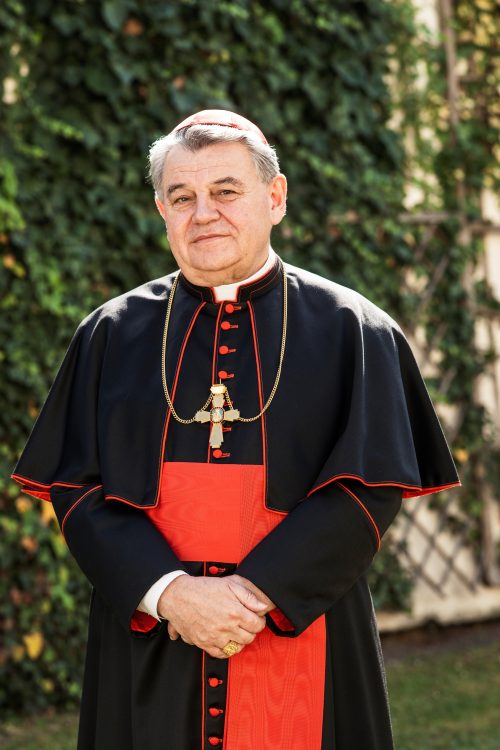By Archbishop Charles J. Chaput, First Things, Jan 21, 2025
Charles J. Chaput, O.F.M. Cap., is the archbishop emeritus of Philadelphia.
January 1 marks the start of a new secular year. But for Catholics, it’s something more. Tucked inside the Christmas liturgical season, it’s the greatest of Marian feasts; the Solemnity of Mary, Mother of God, and a “holy day” of worship.
In Christian belief, Jesus is both truly God and truly man. The Council of Ephesus in A.D. 431 thus defined the mother of Jesus, Mary of Nazareth, as the theotokos, the Greek word for “God-bearer.” The title is used widely in Eastern Christian communities, but the Roman Church has always accepted it as well. Mary is the greatest of saints and disciples. Revered by the apostles and every Christian generation since, this Galilean peasant girl is the Queen of Creation in the glory of Byzantine iconography. A powerful intercessor, she is the mother not just of God’s divine Son, but also of the Church and all faithful Christians.
For Catholics and millions of other Christians, Mary of Nazareth is “woman of the year” every year, not just in 2025. The Catechism of the Catholic Church celebrates her as “the supreme model” of a faith that magnifies the Lord (273). Though she is never equal to her Son, she is uniquely intimate to his mission. And in his 1995 Letter to Women, St. John Paul II described Mary as “the highest expression of the ‘feminine genius’”—a genius, he stressed, that’s shared not only by “great and famous women of the past,” but also by all women, of whatever calling or station, “who reveal the gift of their womanhood by placing themselves at the service of others in their everyday lives.” …







